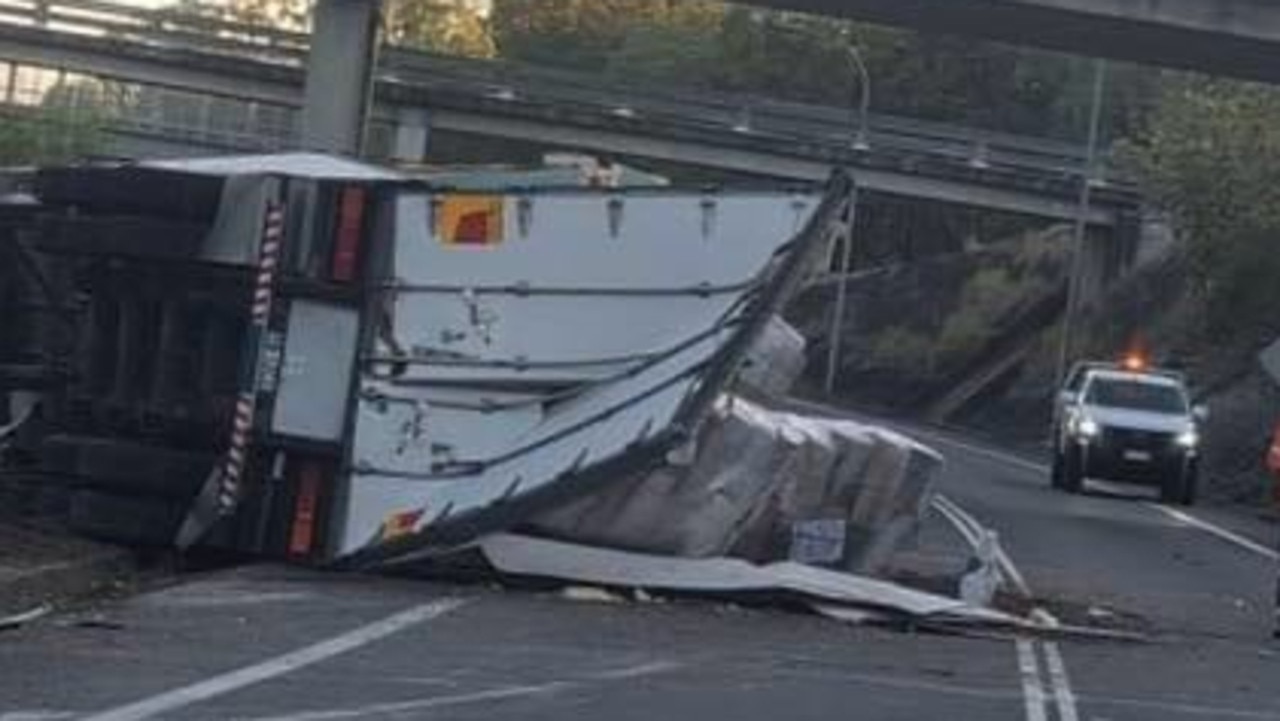Dead fish surface at Lake Awoonga, Callide Dam as Gladstone Area Water Board urges public to use caution and report sightings
Dead barramundi and catfish continue to surface in two major Central Queensland dams, causing alarm for resident. Find out why authorities believe it is happening.
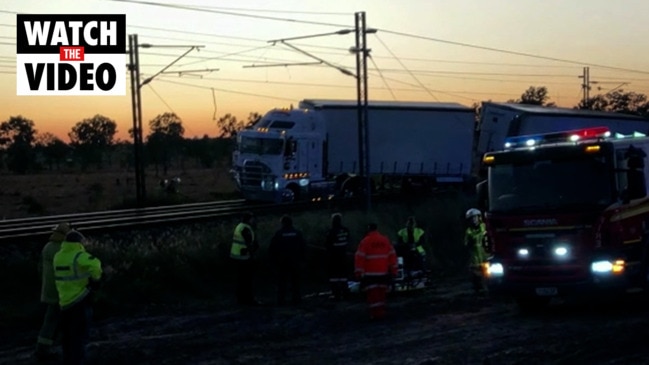
Regional News
Don't miss out on the headlines from Regional News. Followed categories will be added to My News.
Unusual and prolonged environmental conditions have led to hundreds of dead fish surfacing in the dam which serves as Gladstone’s main water supply.
More than 100 dead fish have now surfaced at Gladstone’s Lake Awoonga, near Benaraby, a month after isolated cases of seasonal fungal infection were first reported.
Deceased barramundi and catfish are the most often sighted species with signs of infection as the leading water authority has labelled the situation a ‘naturally occurring event’.
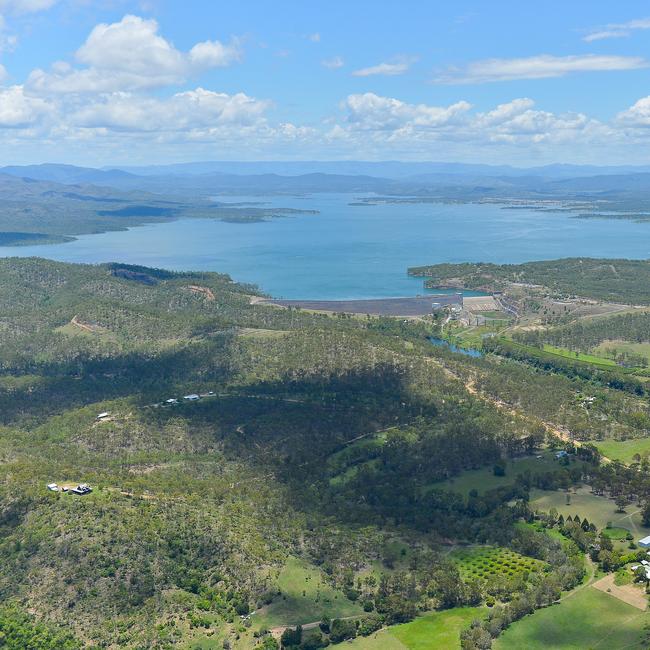
The Gladstone Area Water Board continues to monitor the health and behaviour of the fish in Lake Awoonga and have asked the public to not handle sick or dying fish and to report sightings.
GAWB CEO Darren Barlow said the number of deceased fish observed around the lake had increased since the first isolated cases were reported in late July.
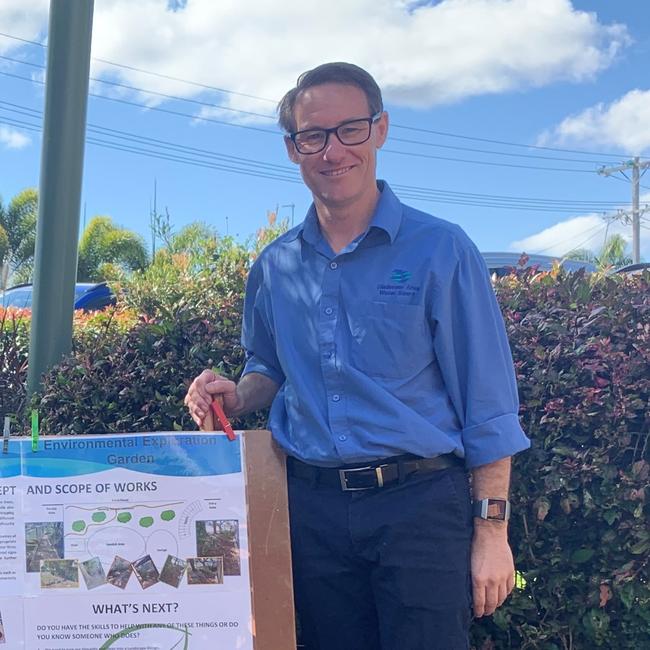
“Prolonged environmental conditions such as unseasonal rain, cold weather and high winds are believed to have contributed to this naturally occurring event,” Mr Barlow said.
“This event is not linked to water quality, nor is there any risk to drinking water quality for our community. We continue to test regularly as per our normal processes.”
Mr Barlow said his team was working with the Department of Environment and Science and Department of Regional Development, Manufacturing and Water to report findings and determine other potential causes.
He urged the public not to handle dead or sick fish as there were health risks if someone was spiked or cut.
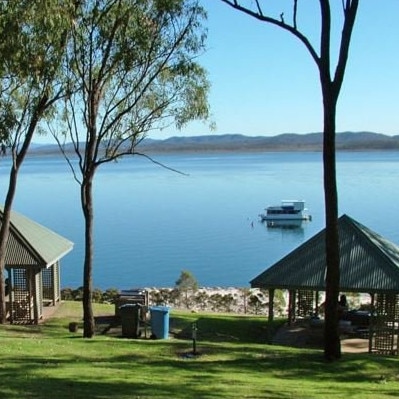
It follows reports almost 400 dead barramundi have surfaced at Callide Dam, near Biloela.
SunWater general manager, Colin Bendall, told ABC Capricornia the dead fish at Callide Dam were larger fish, about 10kg and 1.2 metres in size.
Members of the public can report fish death sightings to the hotline on 1300 130 372 or contact GAWB on 4976 3000.
More Coverage
Originally published as Dead fish surface at Lake Awoonga, Callide Dam as Gladstone Area Water Board urges public to use caution and report sightings





